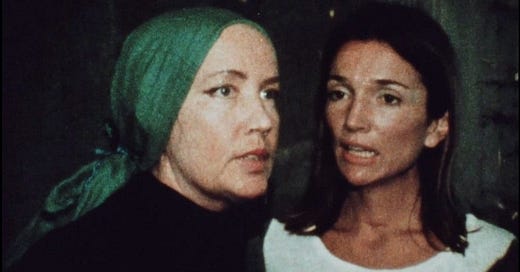The New Cinema Made from the Old: Archival Documentaries on the Rise
It’s not often that documentaries are distributed to my neck of the woods, and even then, few of them are so cinematically necessary that I won’t settle for a screener or wait for broadcast. This year, I’ve twice gone to a multiplex to watch a doc that I considered essential for the big screen. Surprisingly, both of them are films entirely made up of ar…
Keep reading with a 7-day free trial
Subscribe to Nonfics to keep reading this post and get 7 days of free access to the full post archives.



